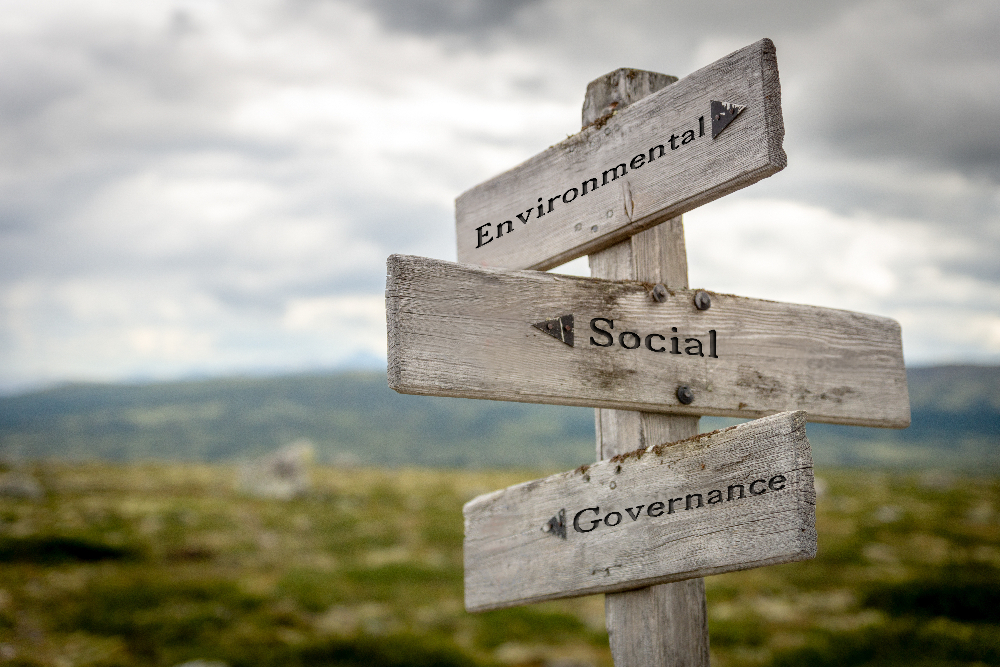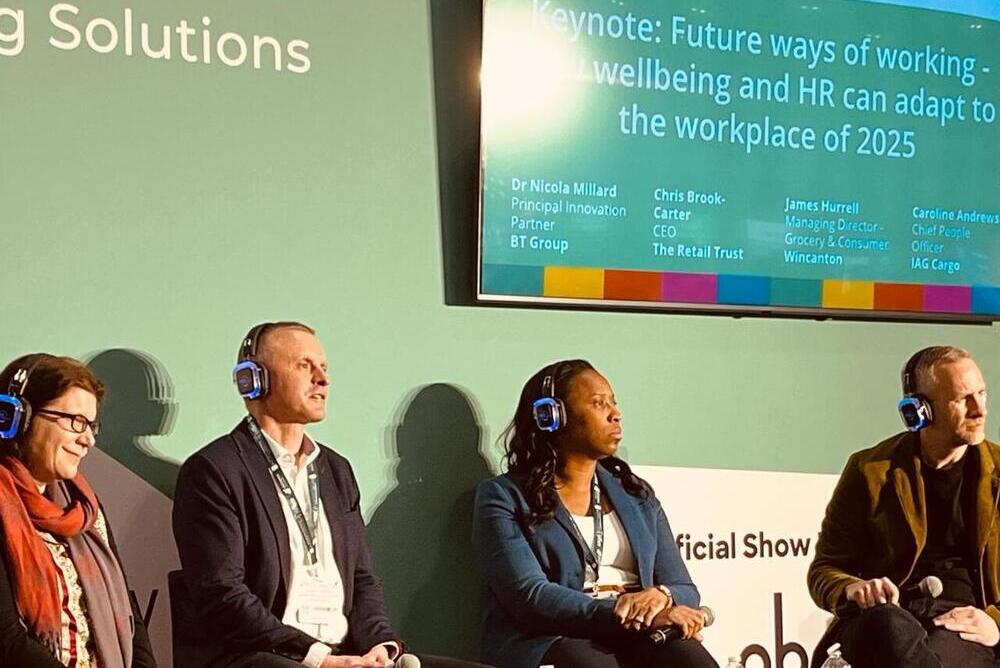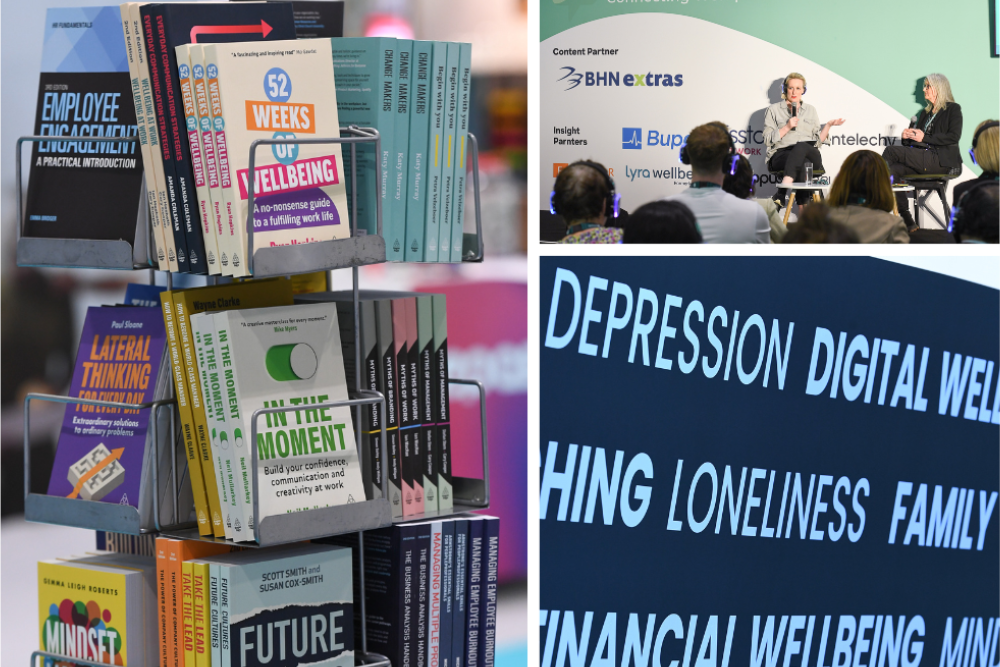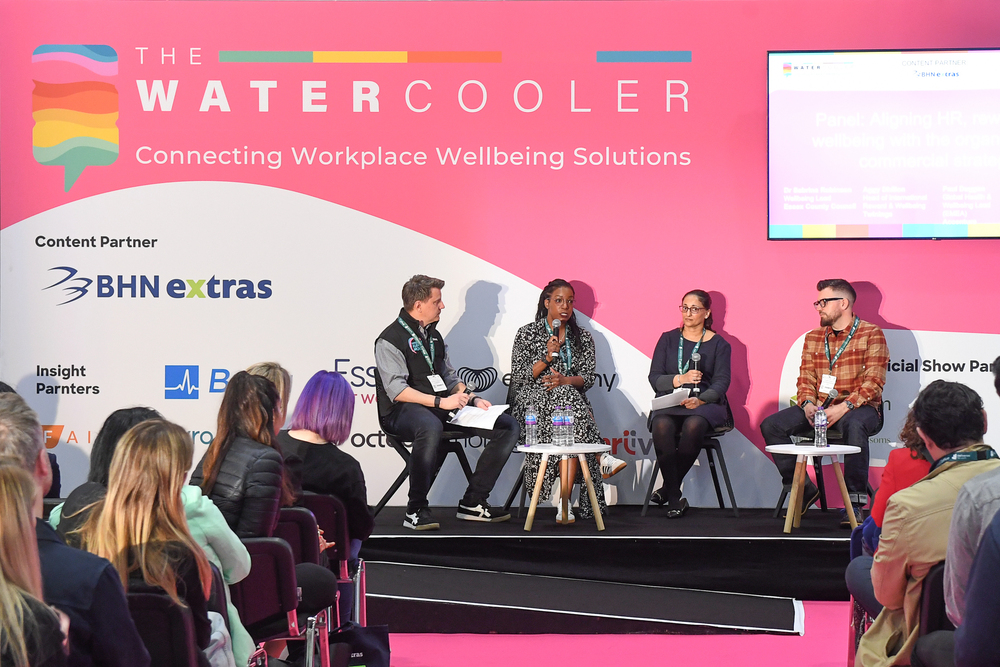Nearly 85% of organisations now say that their wellbeing strategy incorporates ESG (environmental social and corporate governance), according to AON’s Global Wellbeing Survey Report 2022-2023.
But ESG is a complex, constantly evolving area and it’s understandable that many professionals, with wellbeing as part of their remit, are confused about how exactly it links with wellbeing.
One of the reasons for this confusion is that, historically, ESG has been pretty synonymous with its environmental aspect, and the people-related elements have taken a backseat. However, that is changing and the ‘S’ of ESG is now getting much more recognition.
Putting people at the centre
Malcolm Staves, Global VP Health & Safety, at L’Oréal is the Occupational Health and Safety expert partner to the Capitals Coalition, which campaigns to put ‘human and social’ capital at the heart of business decision making and sustainability.
He urges wellbeing professionals to embrace this evolution of ESG because “you can’t build a sustainable business if you don’t put your people at the centre”. This means looking after employees’ wellbeing, in all its facets, before “it’s too late” is critical; a human resource that is burning out, or mentally unwell, or financially struggling or physically sick, is unsustainable in the longterm unless supported.
To keep employees – or “human capital” if you want to be more commercial about it – sustainable then employers must provide an environment and leadership that enables them to thrive and be resilient.
‘E’ and ‘S’ are intrinsically linked
Staves adds that the ‘E’ and ‘S’ are also intrinsically linked because “if you don’t address the people issue, you will not address the environmental issue, because it’s people that will solve the problems that they created.” (Staves will be speaking about this, and more, at our MAD World event on 12th October, register here).
Progressive organisations understand that engaging and empowering employees towards a common purpose, which requires they are in optimum health to have the energy to do this, is going to be fundamental to achieving sustainability goals.
“That might be through volunteering, using specialist skills or training and development but it’s about enabling your people to give back,” says Rachel Woolliscroft, Co-founder, female-led ESG consultancy Baynel. “Humans are catalysts, the enablers and advocates of achieving those sustainability goals.”
Failure to address ‘E’ impacts ‘S’
Some companies, to forge an even stronger connection between their people and the planet, are encouraging employees to take up healthy habits which involve the environment, like taking a walk at lunch time.
Another growing realisation in ESG circles is that the ‘E’ and ‘S’ are also linked because failure to properly address the ‘E’, environmental concerns, can often have a detrimental effect on the ‘S’, the wellbeing of your workforce, especially the younger generations.
As AON’s Wellbeing Survey says:
“A recent study correlated changes in climate with increased prevalence in mental health issues, meaning a company working to keep its environmental commitments is also working toward improving its employees’ emotional wellbeing.”
ESG and attraction and retention
Conversely, a company which isn’t prioritising its environmental commitments risks detrimentally affecting its employees’ mental health, and also damaging its ability to attract and retain top talent, especially younger workers.
This is a growing trend identified by Bupa in its latest Wellbeing Index Report. Nearly half (48%) of Gen Z workers said they’d consider leaving their jobs if their employer didn’t demonstrate action on environmental issues. Not only that, the lack of action on environmental issues by employers is causing 42% of all employees to report a negative effect on their mental health, up from 33% in 2021.
“We’re starting to see a massive shift from the Gen Z and Millennials in terms of wanting to work for organisations that are more purpose driven and progressive on their sustainability goals,” says Wooliscroft. “This is both from an environmental and a social perspective, whether that’s how they treat their employees, how they work with local communities to how they treat their supply chains. We have very much moved away from the time when sustainability was seen as a brand exercise.”
The wellbeing of the wider community
An employee’s wellbeing is no longer purely about their individual physical and mental health. It’s also increasingly about the wellbeing of the planet and the communities in which a company operates. This, again, is very much being driven by socially-conscious younger generations of workers who want to feel good about the employer they work for.
“Increasingly people want to work for businesses that ‘do good’,” says Wooliscraft. “Those that have a positive impact on the environment and society. Community investment, engagement activities, supporting charitable causes and providing personal development opportunities [around sustainability learning] can all positively contribute towards an employee feeling positive about their employer and play a role in enhancing wellbeing.”
The rise of eco-anxiety
Chelsey Sprong, Head of Social Impact at specialist insurer Beazley, who is speaking at MAD World, agrees that eco-anxiety is a growing issue, and talks from both a personal and professional standpoint when she says: “People are genuinely worried about these issues. I don’t have children myself and these issues are part of the reason. The environment is becoming a major source of anxiety.”
Climate change is predicted to affect job security for millions of people around the globe, which is another factor detrimentally impacting on employee wellbeing. A way to lessen worry is for employers to communicate clearly about the positive actions they are taking, and to ensure they are providing their people with the right skills to thrive in future.
Skills shortage in ESG
Sprong comes from a diversity and inclusion background (she was previously ‘Inclusion Partner’ at Beazley) and her remit covers things like charitable volunteering, community impact work, human rights, modern slavery, supply chain and employee engagement. But finding people who are up for, and to, her kind of job is a huge challenge in itself, with thousands of roles remaining unfilled in this area currently, presenting a potential opportunity to those from a DEI background.
With ESG constantly evolving, it’s no wonder professionals like Sprong feel like they are learning (quickly!) on the job. To help her navigate the landscape, and really understand how the diversity and inclusion agenda in particular fits into sustainability, she’s currently studying towards a qualification from The Cambridge Institute of Sustainability Leadership.
But the most important characteristic to cultivate, whatever background you bring to this ESG work, is a willingness to learn and experiment. As Sprong says:
“I’m not afraid to say we don’t know exactly what we’re doing in this area yet but we are trying. And that’s all you can do.”















